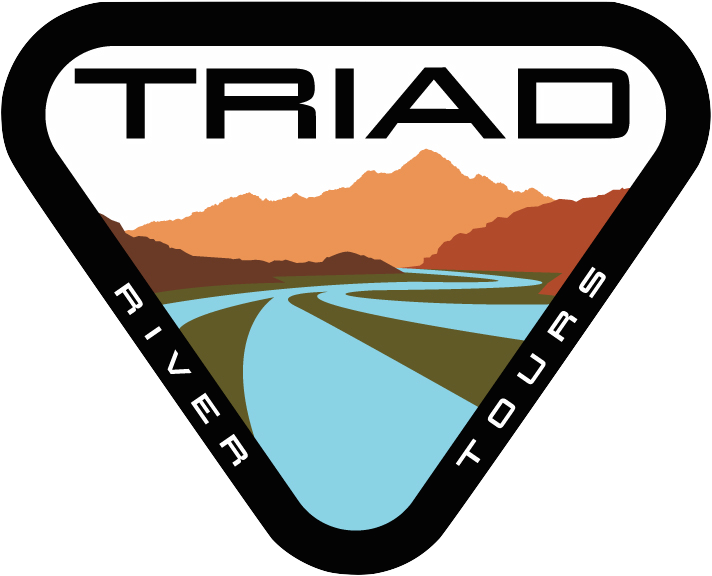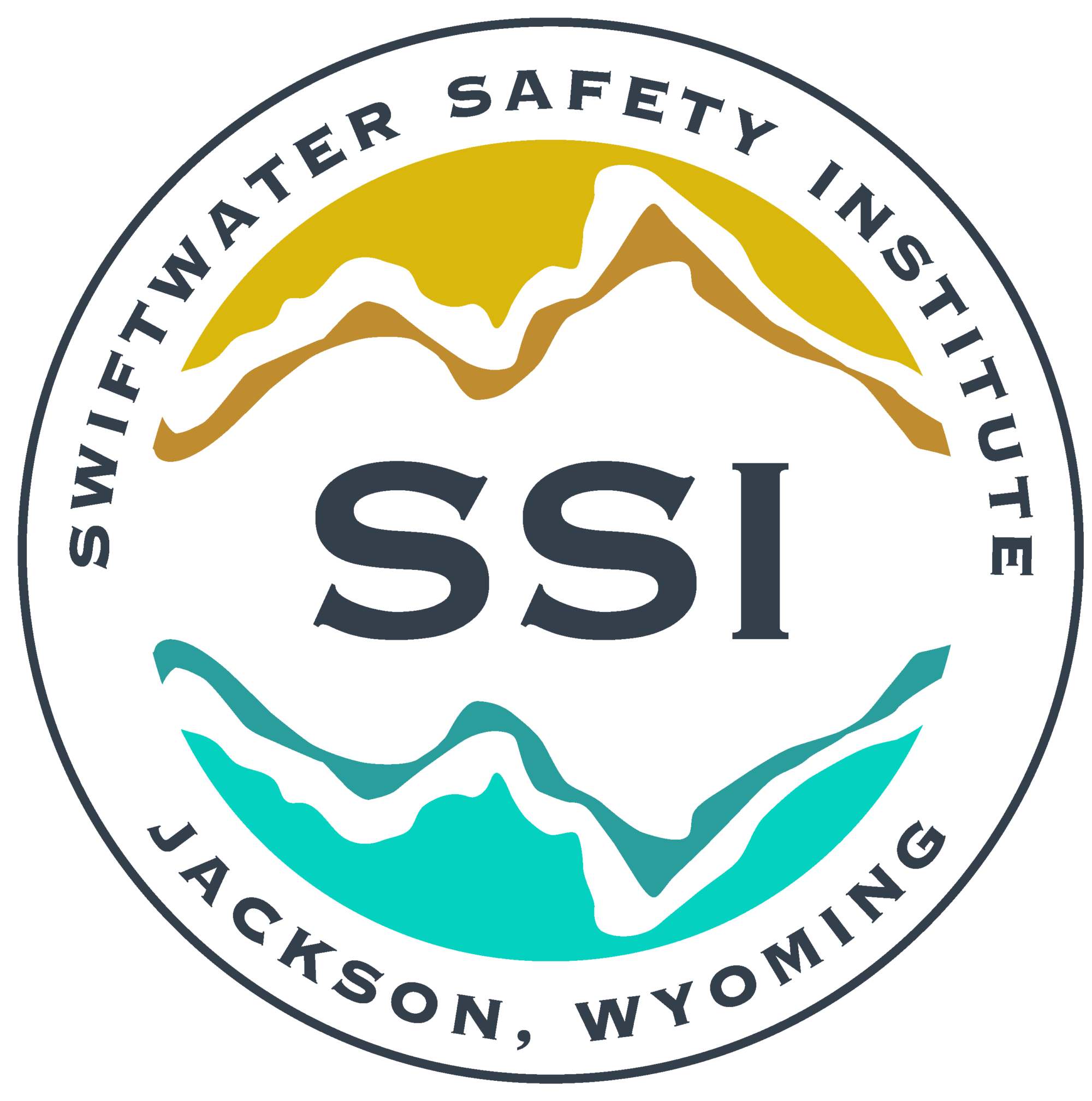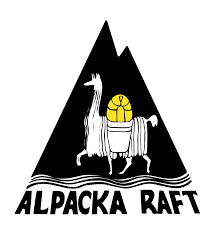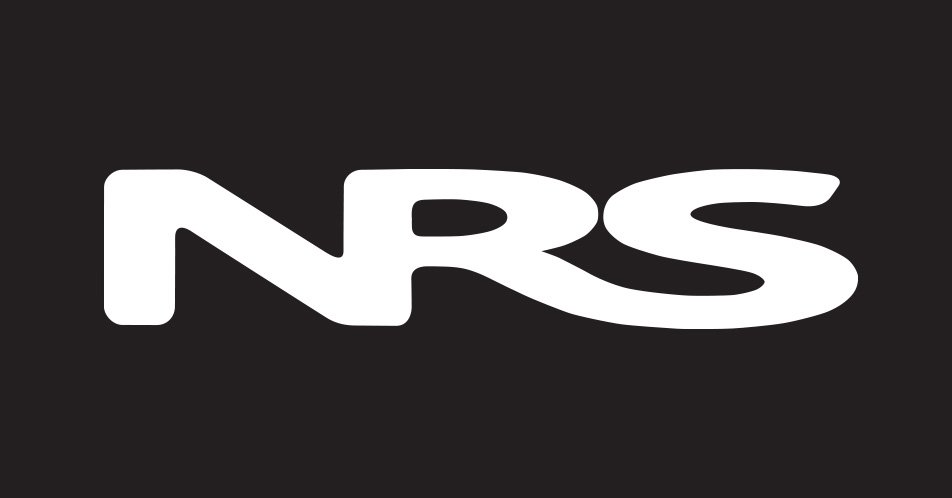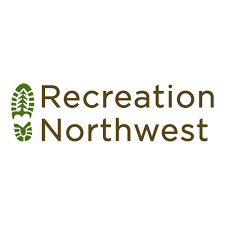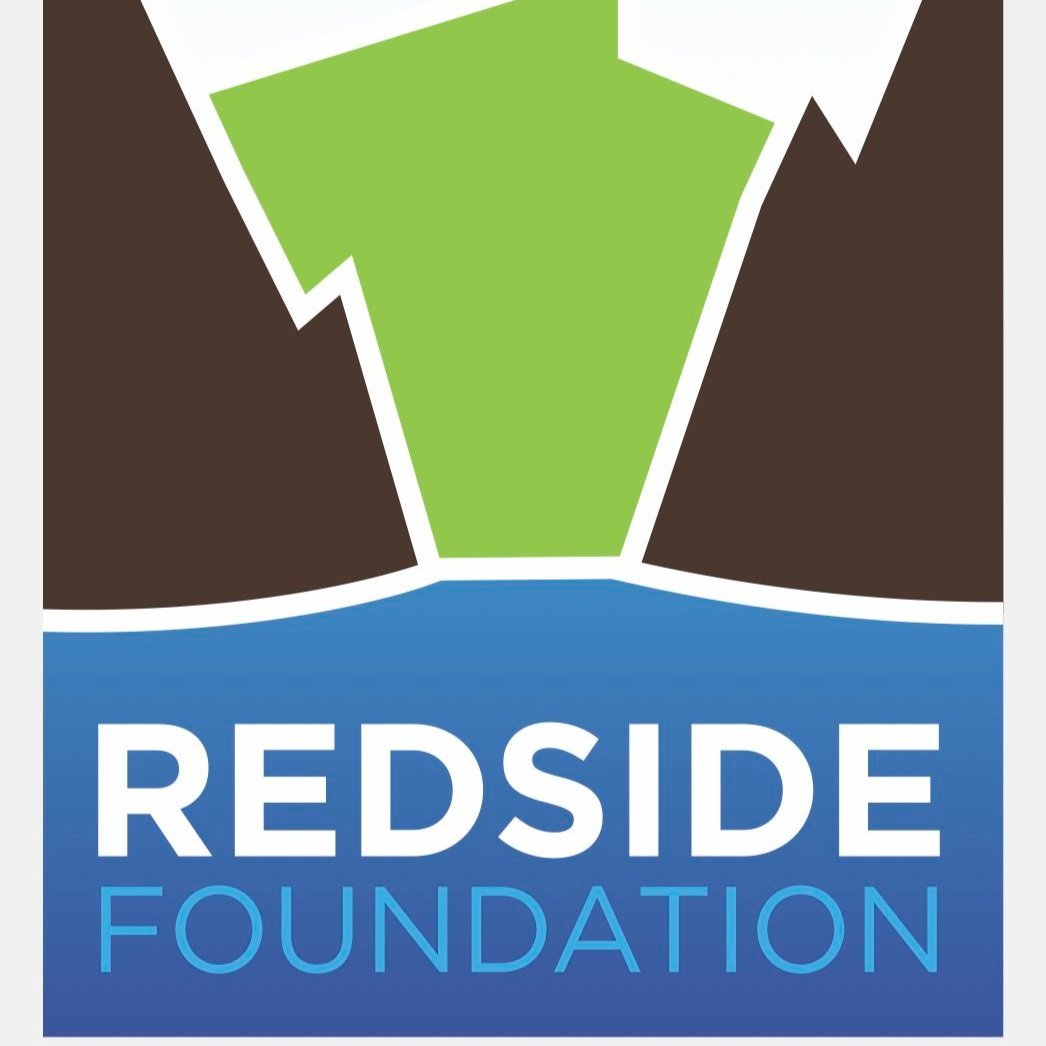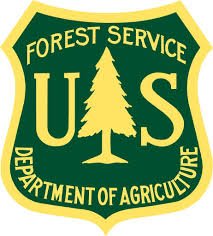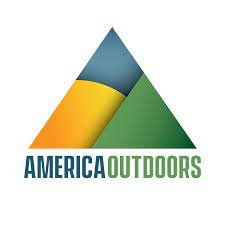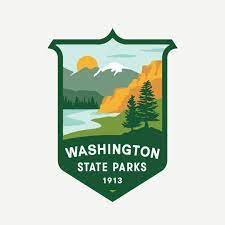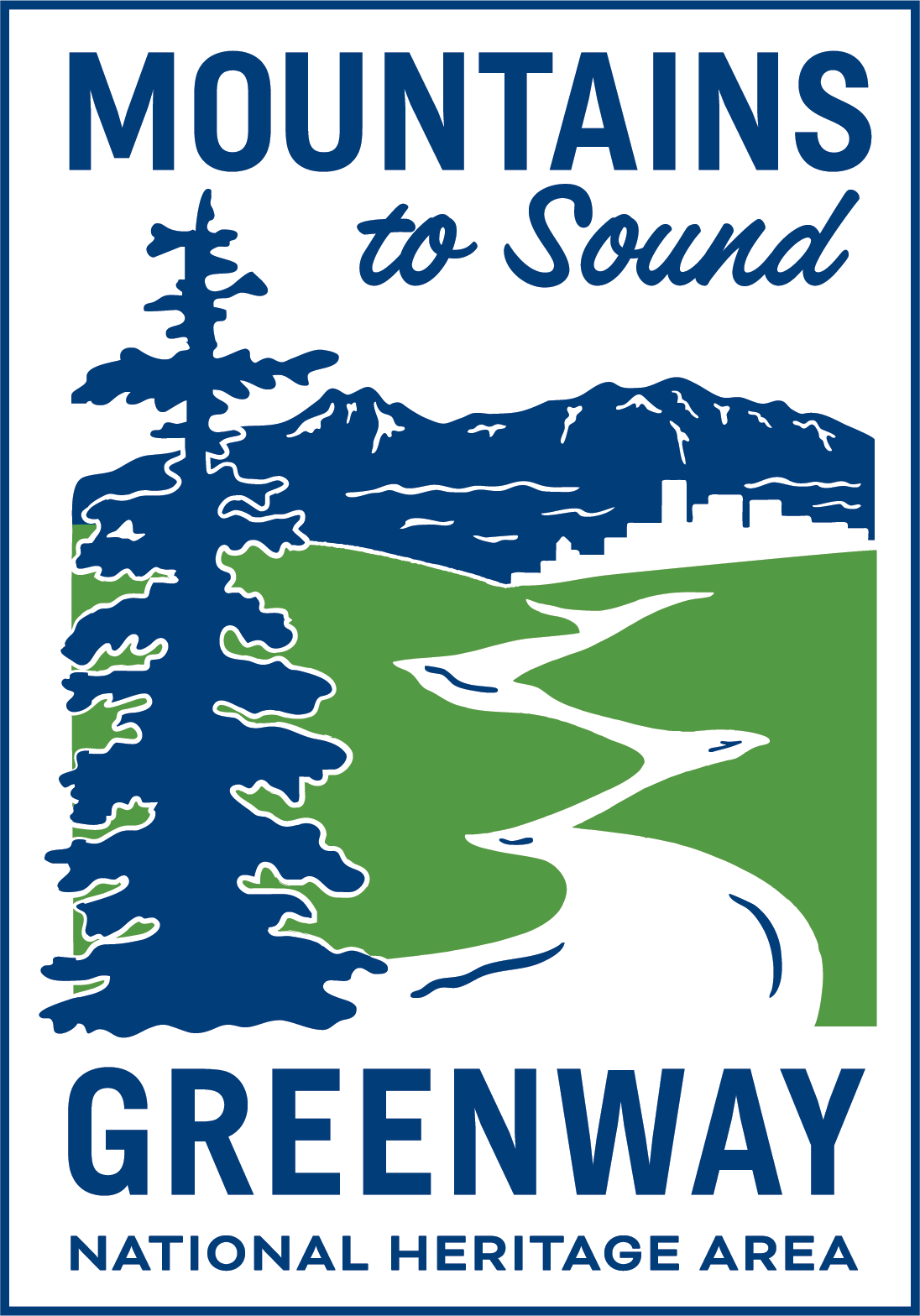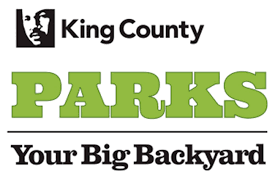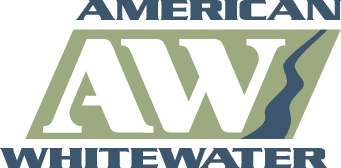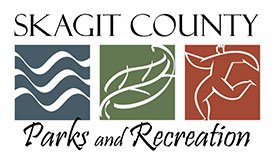Guests sometimes call us on the phone asking why we are so specific about the way we go about things. In fact, it can be downright annoying for some people to jump through the hoops we have placed in front of them; often times these safety precautions seem more like barriers to participation than a helping hand of safety and rescue prevention. The reality of the situation is that, statistically, most people that get into trouble or become injured (or worse) on the river, have come to the river unprepared in some way. Our deeply rooted belief, and one which will never change, is that preparation breeds success. This formula has worked for us for over a decade, and it continues to serve us well, even though we may not be as readily accessible as some other rafting outfitters who are much quicker to take your money and put you on the river.
Our #1 priority is your safety at all times, and while guide experience, river knowledge, great equipment, good solid judgment, and great paddlers are really important to making a trip run smoothly, the most explainable part of preventative rescue for us is what is called our protocol. This represents an overarching set of procedures that we have established through research and in consultation with swift water safety experts, local emergency services, and through studying statistical evidence regarding the percentages of incidents, what kind of incidents typically occur, and in what ways they can be prevented. This document becomes something of an interactive and continuously evolving manifest for every trip we run on every river. For us, it can change at any time when new information comes to the surface, or particularly when situations change. Organizations such as the Swiftwater Safety Institute, the American Outdoors Association, Northwest River Supply, American Whitewater, and others, provide us with data and information about equipment, risk management, and vital statistics that help us better understand the risks that are involved in each trip. We never "wing it".
Here is a small example of a piece of a protocol, for clarification.
The most explainable part of a preventative rescue for us is what is called our protocol
Let's say that you were to come rafting with us on a certain river and the flow was at 50% of it's normal flow. We would research data from the aforementioned sources, converse with our professional guide staff, and make a determination first based on the safest way to go about the river trip, and then look at all other factors (value, expectation, financial viability). So, when we look at this, we may consider the size of boat we run. In many cases what we instinctively would think to be true may not be true. For example, if the river level drops we may think that we are less likely to have an accident on a certain river. In some cases this may be true, but after deeply researching a river system and practicing on it repeatedly, running training drills, and consulting with the "old timers" (old guides that may have been on a particular section longer than we have), we may discover that certain river characteristics of a specific flow on a specific section have led to common occurrences or certain types of rescues and/or accidents. If this is the case we look closely at wether or not the variables at play can be controlled or eliminated. In many cases we cannot do anything more to change the outcome, and then the leftover risk is simply what is a part of our sport... after all, we can never eliminate risk from what we do; that is impossible. The idea here, again, is to locate an independent variable which is somewhat closely tied to an outcome which we do not want, and then decipher if it is reasonable, or possible to eliminate that variable. In many cases eliminating the variable destroys the value of the trip for some guests (many guests LIKE to take risks). For example, when we run the Skykomish we do not walk around the rapid on the train tracks (like has been done before many times) because there are trains that go by. We figure that if someone pays us to take them on a class 4+ whitewater trip, then that is what they want. If we exchange whitewater for risk of getting hit by a train, what have we done? It sounds silly, but we have to think about this in order to present the most appropriate trip to our guests, and of course, present that material and information on our website.
Another scenario would be the use of smaller rafts. We are big fans of the Maravia Williwaw 1.5 (and we are not the only ones!), we love to run these boats as they are extremely capable whitewater crafts that tend to do well in a variety of situations. They are just big enough to run really big water but also small enough that rescues can be done by one person, and most people can climb back into them when they fall out. Many people make the assumption that the bigger boat is safer, and while there is certainly some logic which would point to that, there is also plenty of exceptions (remember the Titanic!). We are also really big fans of a famous raft design called the Aire Super Puma. The S. Puma is a boat that measures 13' long and less than 6' wide, which makes it a narrow and sporty boat. We may look at a situation and decide that it is better to take the smaller boat based on several criteria, but none as important as safety. Often times the apparent or more obvious choice is not the one which matches up with evidence and risk management analysis, and we have often ended up taking the smaller boat instead of the larger one, which often means a "bigger" feeling ride, but also a lesser likelihood of a serious incident. This would be especially true if the puma could glide next to rocks instead of hitting them, which would then result in fewer swimmers (people in the river) which would potentially/possibly mean a safer AND more fun trip. Whenever we can have both of those things happen at once (safe + fun) we know that we have done our job. That's what we are truly looking for in every trip.
Other aspects of a protocol may have to do with our guests. For example, we do not allow people on some of our whitewater trips that are less than 14 years old. This may be a result of a judgment call on our part, but most likely it is the result of analyzing statistical evidence, as well as comparing our experiences with the industry standard, and making a decision based on the results of this analysis. If we find that there is little safety issue with having younger kids on the trips, then we will, naturally, allow parents to make their own decisions about wether or not their kids are ready.
Protocols are very time consuming to put together, and our guides work on them all winter. We run the river over and over, running our evacuation routes, planning and demonstrating procedures which commonly occur, analyze as well as test equipment. We may find a certain section of river which is particularly dangerous, or is prone to landslides, tree falls, or something of that nature (no pun intended), and we will go through the scenarios that have historically happen, and analyze each procedure for effectiveness against that certain scenario. Finally, we put it all together into a set of fairly firm guidelines which list how we generally go about running a certain section of river. We then take this document and provide it to any government or legislative body which has jurisdiction over our area or river, such as the United States Forest Service, the National Parks Service, local law enforcement and emergency personnel, or even to our inquisitive guests. A protocol is a set of procedures which have come about as the standard operating guidelines for section of river as a result of time, experience, data, and research based analysis, and it helps us simplify our job so that we already know the safest way to do most things even before they happen.
Read More:
River Rescue Throw Bags, Ropes, and Static Lines
